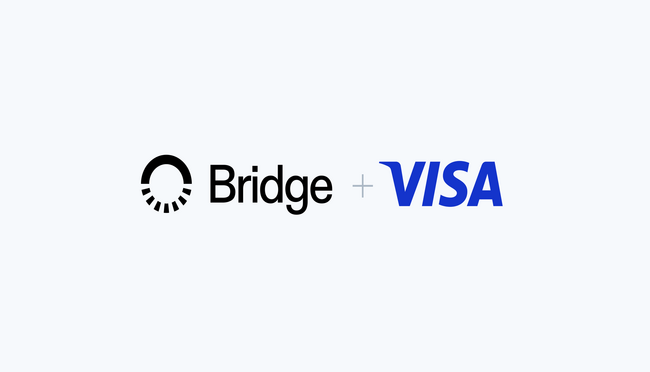Highlights:
- Visa brings stablecoin payments to Latin America with support from Bridge and Lead Bank for easy card use.
- Users pay with stablecoins while merchants receive local currency without handling crypto directly.
- Visa will introduce the card services to other regions after it launches.
Visa has launched a new stablecoin payment service in six Latin American countries through a partnership with Stripe-owned Bridge. Developers will be able to issue Visa cards that automatically connect to the stablecoin balances of the merchants through a single application programming interface. In particular, the new service is a shift for stablecoin-based services in areas where traditional financial systems are still limited.
BREAKING 🚨
Visa Introduces Stablecoin Payment Support Across Latin America !Visa has launched a new stablecoin-based payment product in six Latin American countries, including Mexico and Argentina, in partnership with Stripe-owned Bridge. The service allows consumers to spend… pic.twitter.com/3UmHtCEduF
— Global Rashid (@globalrashid007) May 1, 2025
The new service is now available in Argentina, Colombia, Ecuador, Mexico, Peru, and Chile, where users can make purchases with stablecoins at any of the 150 million merchants that accept Visa. When consumers make payments, Bridge’s infrastructure converts the digital assets into local fiat currencies. The conversion enables merchants to receive money in the currency they use for daily operations. In addition, the conversion happens at the point of sale, which removes the need for merchants to manage or hold digital assets.
The financial operations supporting this service are backed by Lead Bank, which acts as the financial institution involved in the partnership. The product is designed to make stablecoin usage as simple as paying with traditional cards. Bridge’s CEO, Zach Abrams, stated, “Everyone already knows how to use cards for payments, and now everyone will be able to use stablecoins with just a tap of their card.”
Visa’s product team explained that the aim is to give people more choices in how they handle their money and expand access to digital payments. With a large share of the population in these countries lacking access to conventional banking, stablecoin integration may support more efficient money movement while maintaining the structure of familiar card-based spending.
Fintech Companies Increase Focus on Stablecoins as Market Competition Builds
Visa’s move to launch the stablecoin card comes shortly after Mastercard unveiled its own solution for stable token-based transactions earlier this week. The growing attention from large financial service companies shows stable digital assets are gaining importance in the payments sector. Despite not offering their own digital tokens, Visa and Mastercard are teaming up and scaling capabilities that utilize these assets.
Ripple also introduced its stablecoin, RLUSD, in December. The token continues to grow and is now considered a rival to other top stablecoins, including USDT and USDC. More recently, Ripple tried to buy Circle for $5 billion. Meanwhile, these actions reflect the level of investment that financial technology companies are making to build a stronger presence in the digital currency ecosystem.
💥BREAKING:
RIPPLE OFFERED $4-$5 BILLION TO BUY CIRCLE (USDC), BUT CIRCLE REJECTED THE BID AS TOO LOW! pic.twitter.com/AEnH7Xsd6P
— Crypto Rover (@rovercrc) May 1, 2025
The global stablecoin market has grown to $239 billion. Moreover, analysts expect it to surpass $500 billion soon. As a result, several firms are pursuing new products, mergers, and partnerships to increase their share of the expanding market. This includes companies that operate within the crypto industry as well as those that focus on traditional financial services.
Expansion Plans Extend Beyond Latin America
Visa and Bridge plan to roll out the stablecoin card program to additional regions after the Latin American launch. The implementation of the Markets in Crypto Assets framework, which took place in Europe last December, has given an opportunity for stablecoin issuers such as Circle to grow. The regulation has caused a rise in the use of Circle’s euro-backed EURC token across the region.
Best Crypto Exchange
- Over 90 top cryptos to trade
- Regulated by top-tier entities
- User-friendly trading app
- 30+ million users
eToro is a multi-asset investment platform. The value of your investments may go up or down. Your capital is at risk. Don’t invest unless you’re prepared to lose all the money you invest. This is a high-risk investment, and you should not expect to be protected if something goes wrong.






